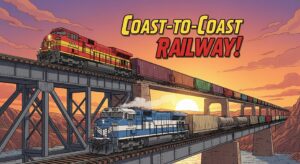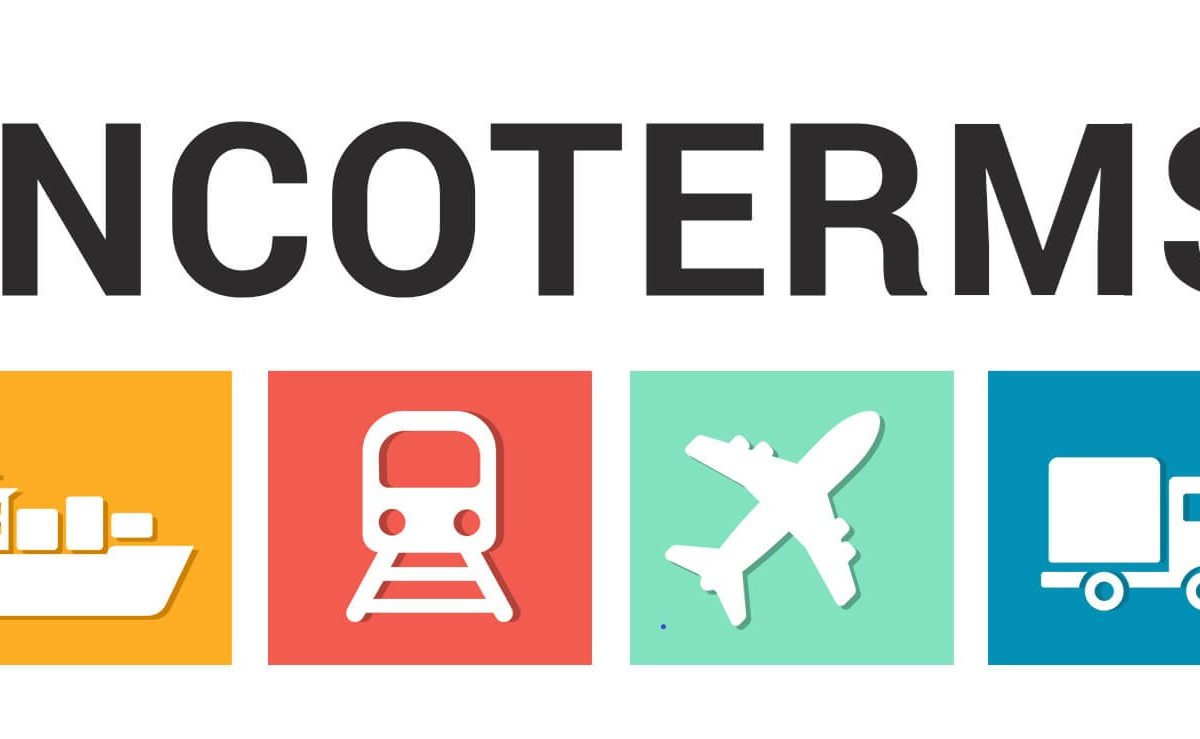
A huge change is coming to American transport. Union Pacific will buy Norfolk Southern. This $85 billion deal is for stock and cash. It will create the first coast-to-coast freight rail network. This is a big step for U.S. logistics and trade.
A Powerful Rail Network: Unmatched Size
The new company will be massive. It will have over 50,000 miles of track. This spans 43 states. It will connect about 100 ports. This huge network will boost the U.S. in moving goods. These include bulk items, vehicles, and grain. Diverse cargo will move across the nation.
Union Pacific usually works in the West. It will now join Norfolk Southern’s network. Norfolk Southern has 19,500 miles. These cover 22 Eastern states. The main goal is to improve cargo flow. It will reduce delays between lines. Service will greatly improve on key routes.
Big Savings and Economic Boost
The combined company will be worth $250 billion. They expect to save $2.75 billion each year. Jim Vena, Union Pacific CEO, will lead. He says the deal cuts supply chain friction. It will integrate operations. Transfer points between carriers will disappear.
The companies will seek approval soon. They will file with the Surface Transportation Board (STB). This should happen within six months. They hope to close the deal by early 2027.
Key Benefits: Good for Economy, Customers, and Jobs
This large merger promises many good things.
For the U.S. Economy and Competition:
- Better U.S. Freight: A single transcontinental railroad will compete better. It will rival Canadian railroads. This could bring jobs back to the U.S.
- Stronger Manufacturing: A better supply chain means lower costs. Shippers in new areas will have more rail options. This directly helps American manufacturing.
- More Trade: The unified railroad will reach many international points. It will connect to about 100 ports. This helps U.S. exports. It also helps import needed materials.
- Less Road Traffic: More freight will move by rail. This means less highway congestion. Roads will last longer. Fuel costs for transport may drop.
- Economic Growth: The merger will create value. This means more investment. It will boost infrastructure and technology. This can lead to broader economic growth.
- Innovation: A bigger company can invest more. This means better rail tech. Things like automated systems will improve. Tracking capabilities will get better.
For Customers and Service:
- Faster Service: Eliminating delays means faster delivery. Freight will arrive more reliably.
- Easier Business: Customers get simple, single-line service. They can get quotes easily. They can track freight with one system. This helps optimize supply chains.
- More Options: The merger opens new routes. It expands intermodal services. Shippers get more choices.
- Better Access: Smaller rail lines will connect easily. Their shippers get a unified network. U.S. ports will reach new markets faster.
For the Workforce:
- Job Security: Companies promise to keep union jobs. Expected growth means more jobs. This includes non-union workers.
- Good Careers: Railroad workers already have good jobs. They get strong benefits. The merger aims to keep these. It may even expand them.
Opposition and Industry Concerns
Not everyone supports the merger. Major rail unions are worried. They fear lower safety standards. They also worry about job losses. Past mergers caused service problems. They led to fewer workers. Maintenance quality suffered.
Rail analysts think this will cause more mergers. CSX and BNSF might merge too. This would keep them competitive.
A Greener, More Efficient Future?
Companies say the deal will boost U.S. freight. It will improve exports. It will support U.S. manufacturing. They also promise better service. This includes areas like the Ohio Valley. Rail connections there have been weak.
U.S. freight railroads move 1.5 billion tons yearly. This new system aims to compete with trucks. It could ease road traffic. It offers a lower-carbon option. This could mean a more sustainable supply chain.



